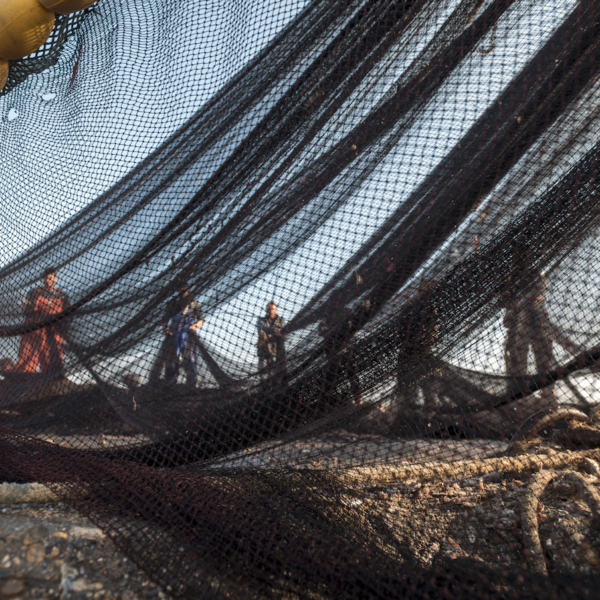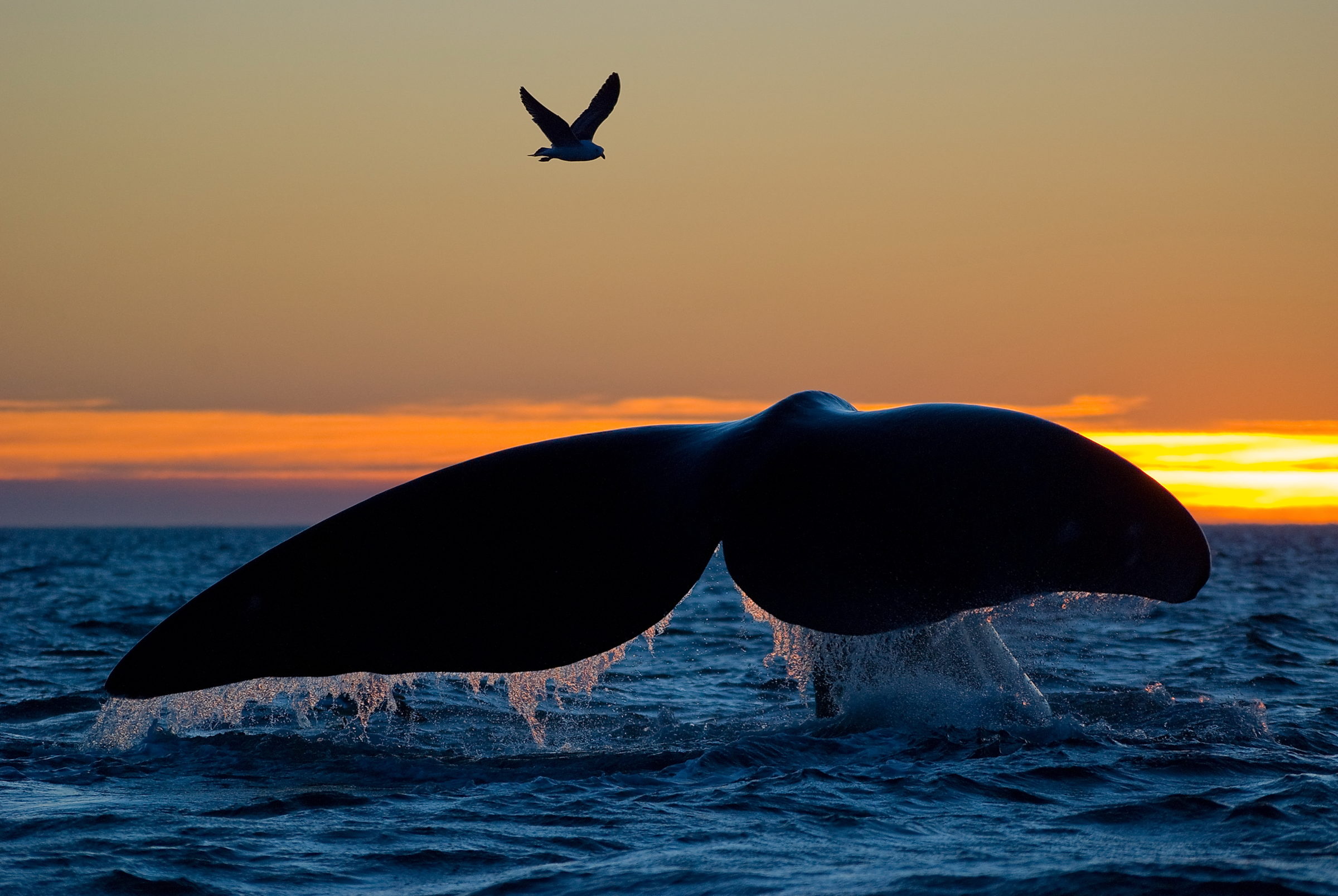5 Things You Should Know About the Marine Mammal Protection Act
Published by Ocean Conservancy
On October 21st, 1972, the Marine Mammal Protection Act (MMPA) passed in the United States Congress and was signed into law to help establish and implement better protections for the marine mammals that call U.S. waters home. From whales to sea lions to dolphins and more, this critical law proved a game-changer upon its enactment over four decades ago and it’s certainly something worth celebrating. Here are five things you should know about this bedrock law to protect our ocean.
What originally sparked the MMPA’s call to protect marine mammals?
Written into law in the early 1970s, the MMPA was passed when the public expressed serious concerns over the welfare of certain species. Seals were being hunted for their fur, thousands of dolphins were dying each year as incidental tuna fishery bycatch casualties and whales were still being harvested commercially (even with established controls by the International Whaling Commission). The very real fear of human activities causing the depletion or even extinction of these species (and others) sparked high alarm for change in the halls of Congress.


At that time, important marine mammal habitats, such as mating grounds and rookeries, were being either directly harmed or exposed to danger at rates almost incomparable to previous decades. Additionally, anti-war sentiment was at an all-time high during the 1970’s.
This prompted President Richard Nixon to look into different ways to gain higher public approval, and the MMPA seemed like an appropriate measure to do so. The passing of the law was viewed as a chance for Nixon to reduce the negative image that many Americans had of his administration at the time.
So, what specific animals does the MMPA protect?
That’s an easy one!
All marine mammals are protected under the MMPA, from whales to sea otters to walruses and more.
What exactly does the MMPA do?
The MMPA places limits on the import, export and sale of any marine mammal, as well as any marine mammal parts or products. With a limited number of exceptions, the law also prohibits the “take” of any marine mammals on U.S. soil, in U.S. waters or by any U.S. citizen on the high seas. “Take” is defined as harassing, hunting, killing or capturing any marine mammal, or attempting to do any of the above. The practice of “harassment” is also prohibited, which is explained in the law as any act of pursuing, tormenting or purposefully attempting to annoy a marine mammal.
Are there any exceptions to the “take” rule?
Permits can be issued to allow for the “take” of marine mammals, but these exceptions can only be granted under the MMPA by the National Oceanic and Atmospheric Administration (NOAA). Some examples of situations when permits are given include allowance for scientific research, photography, capture or first-time imports for public display (e.g., in aquariums), incidental take as a side effect of fishing or enhancing the survival or health of an animal (e.g., stranding rescues).
Has anything changed in the last 45 years?
A 1994 amendment to the law added a new requirement for the National Oceanic and Atmospheric Administration (NOAA) to compile Stock Assessment Reports (SARs) that assess marine mammal populations based on the best science-based research available, which includes annual estimations of deaths caused by human activities. These reports have played an important role in the development of our understanding of marine mammal biology and ecology, and tools like satellite telemetry and photo identification have helped improve our country’s management of marine mammals. With these reports come the design of Take Reduction Plans, or TRPs, which are detailed plans written for the purpose of helping recover depleted populations.

Even after 45 years in place, the MMPA still plays a vastly important role when it comes to protecting marine mammals today.
Using this law, we can continue to ensure more responsible fisheries practices and further develop ways to protect the animals that call our waters home. Whether it be California sea lions in San Diego or manatees in Florida, marine mammals are part of our nation’s culture and identity and we are proud to have the MMPA to protect these species for generations to come!
There are ways you can help celebrate the MMPA, too!
Showing these majestic animals a little appreciation can come in many forms. Tweeting at @NOAAFisheries, tagging them in a Facebook post or even simply sharing photos of your favorite marine mammals on any social media platform are great means of celebrating just how much these animals brighten up our world.
Try whale watching or visiting your local aquarium or marine science center this weekend in celebration of these often awe-inspiring creatures!


The post 5 Things You Should Know About the Marine Mammal Protection Act appeared first on Ocean Conservancy.
Read the full article at: https://oceanconservancy.org/blog/2017/10/20/5-things-know-marine-mammal-protection-act/



